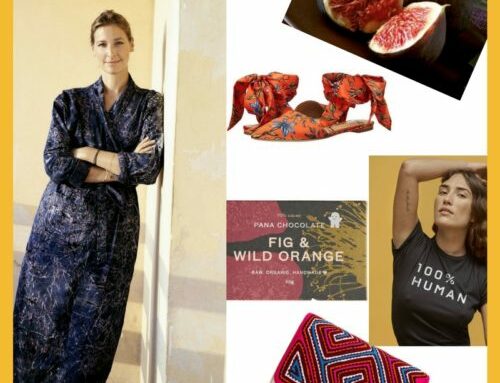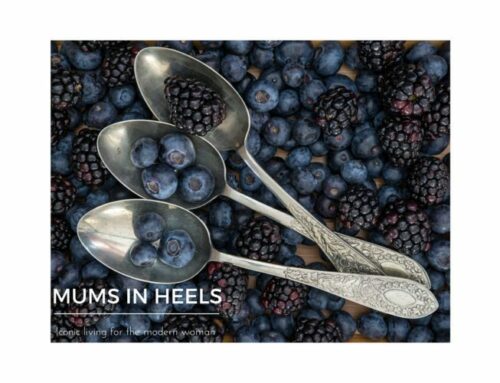Power Pairing
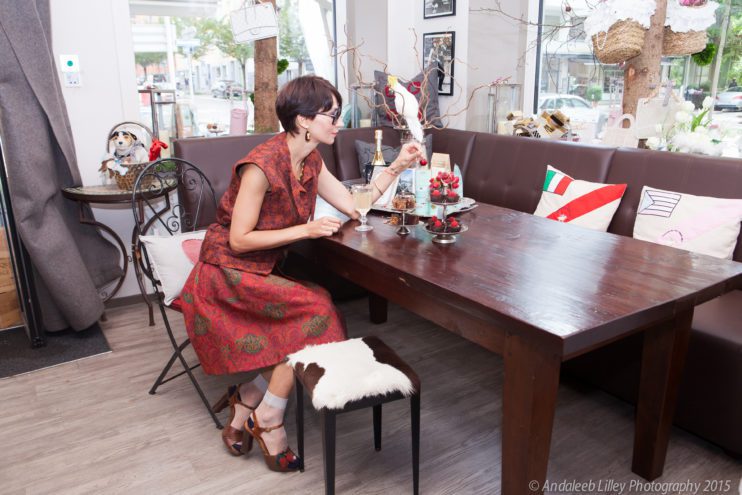
It’s one of those warm autumn days just before the real chill settles in and I am enjoying an afternoon in a favourite bistro at Seefeld where they have this fantastic tabouleh salad with grilled cheese. The home-made lemonade is not too sweet and I am playing with the idea of having a decadent chocolate dessert topped with sweet cherries. I am all in the mood for red lately, cherries, red leather gloves, a red beret and burgundy boots…. the different shades of passion and anger all in one. Red can make you look defiant, seductive and chic. Red can make you stand out in the crowd and has a lot of meanings in different cultures.
In India for example a red mark on the forehead is said to bring good luck. To the Hindu, red symbolizes joy, life, energy, and creativity. Islamic, Hindu, and Chinese brides traditionally wear red.
Red is the color for the base or root chakra. This chakra is located at the base of the spine and allows us to be grounded and connect to the universal energies. Groundedness, trust, belonging, lessens feelings of mistrust.
Apart from red, what I am wearing today is really special. It is a traditionally woven fabric from Iran and it is called Termeh. It is a type of handwoven cloth that requires a good wool with tall fibres. Weaving Termeh is a sensitive, careful, and time-consuming process. The traditionally woven Termeh is now produced only in a few factories in Iran due to the difficulty of producing this fabric and the advent of mechanized weaving. Rezaei Termeh is the most famous of the remaining factories. The background colors used in it are jujube red, light red, green, orange and black.
Since this fall is all about experimenting and bold combinations such as meeting stripes and florals, layering geometrics and playing with textures, I must say I am very attracted to mix and match traditional prints. If you take a closer look, you will be able to see on today’s outfit the very ancient paisley motif, which has been used and re-used many times in fashion. However, only a few know its origins and meaning. The paisley in fact is a Zoroastrian/Iranian symbol of life and eternity, inspired by a leaf and it is called Boteh Jegheh in Persian. It’s used in Iranian culture almost everywhere: from textiles, architectural details, jewelry, carpets, paintings to even food decorations.
As you can see, the whole outfit is very elaborate and it is all hand-made and sewn (designed up to every single detail as well) by a very talented Iranian designer who lives in Zurich. I find her work absolutely captivating and genuine, very vibrant, sensual and meaningful. It makes me re-connect with many sides I’ve long neglected in my whole life. It’s so interesting that what you wear can affect you so much and make you focus on the things that matter.
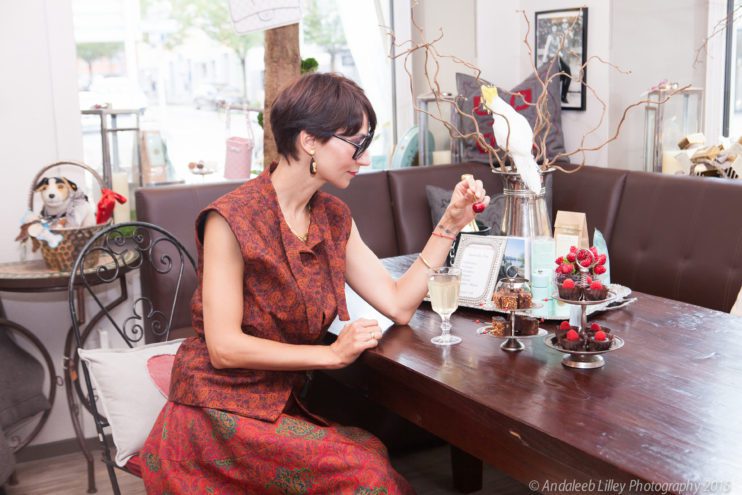
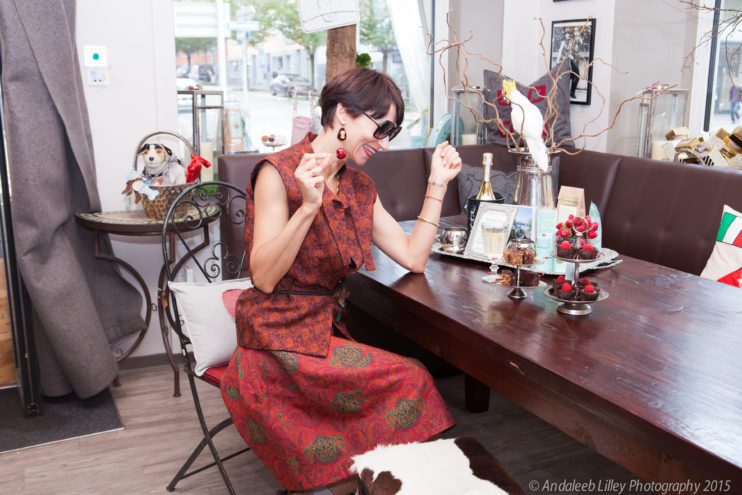
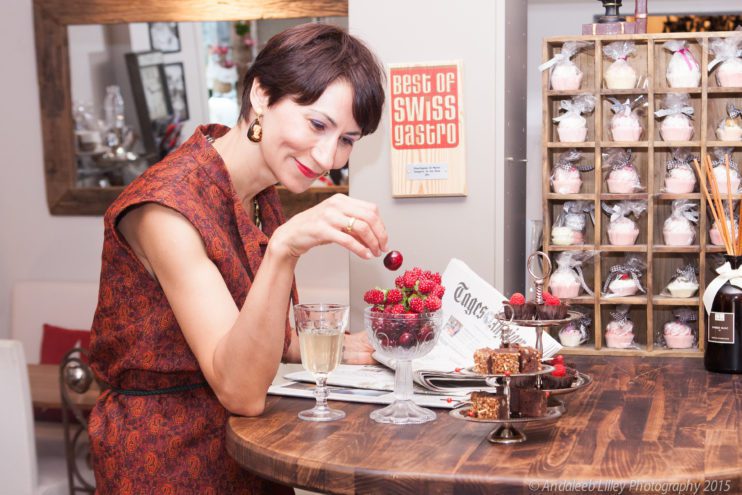
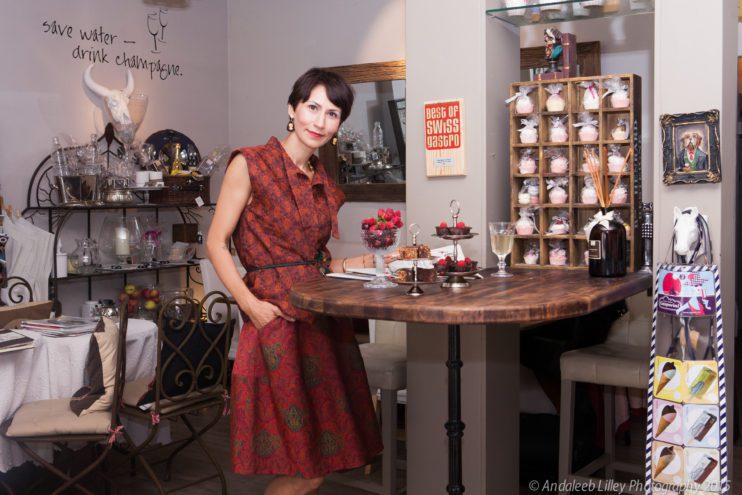
Skirt and top by LIDA NOBA, unique
Earrings by SUSI PRINZ, unique
Necklace by Susi Prinz, unique
Shoes by CHIE MIHARA
Socks by COS
Sign to receive the complete experience
with unpublished content & community deals

